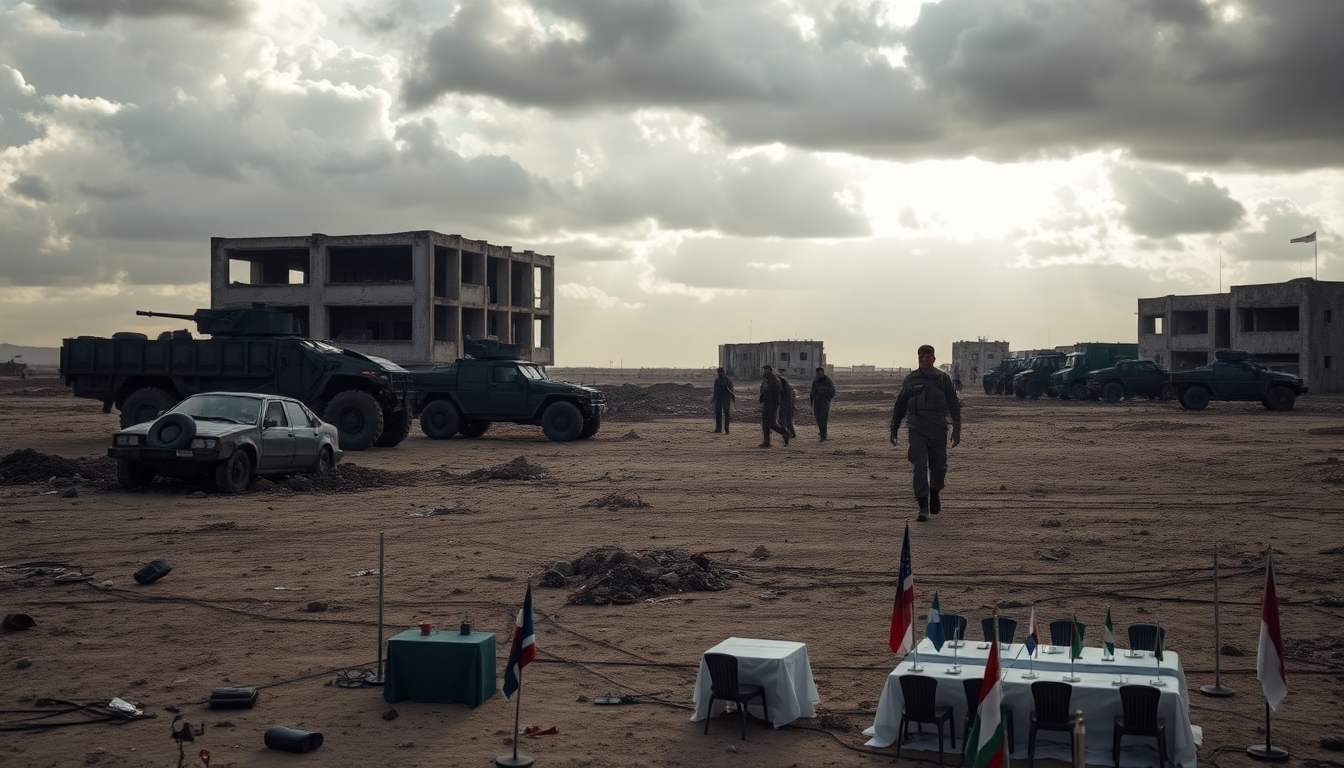Table of Contents
The conflict between Ukraine and Russia is still making headlines, and the latest talks in Istanbul have shown just how complex the situation really is. As military actions ramp up, both countries find themselves in a tug-of-war between negotiations and ongoing conflict. What’s really going on? Let’s break down the recent developments, including prisoner exchanges, military strategies, and what all of this means for the future of peace in the region.
Negotiations: Efforts Continue, But Progress Stalls
So, what happened in Istanbul? The recent discussions lasted a mere 40 minutes—a clear indication of the strained relations between the two sides. Kremlin spokesman Dmitry Peskov made it clear that Russia isn’t backing down on its military actions, even as talks about prisoner exchanges are ongoing. Instead of moving towards a ceasefire, the negotiations seem more focused on swapping captives. Interestingly, the Russian delegation announced a successful exchange of about 250 prisoners at the Ukraine-Belarus border. Is this a sign of hope, or just a temporary fix?
Ukrainian President Volodymyr Zelenskyy has pointed out how crucial these exchanges are, especially for the families who are finally reunited with their loved ones. He mentioned that over 1,000 Ukrainian prisoners have been returned, which certainly brings a bit of relief in an otherwise grim situation. But let’s be real—while these exchanges are heartwarming, they don’t really tackle the core issues fueling this conflict.
As military actions continue on both sides, the lack of progress in peace talks raises a pressing question: what does the future hold? Zelenskyy has reiterated Ukraine’s call for an immediate ceasefire, but Russian forces have responded with ongoing assaults. This stark contrast between diplomatic efforts and the harsh realities of war paints a complicated picture, where military strategy often overshadows the pursuit of peace.
Military Strategies and the Cycle of Violence
On the ground, things are anything but stable. Both Ukraine and Russia are escalating their air attacks, making the possibility of peace seem even further away. After the Istanbul talks, Russia launched a series of drone and missile strikes on Ukrainian territory, leading to tragic civilian casualties. Reports indicate that at least three people lost their lives in the Kharkiv region, with more injuries reported elsewhere. It’s a harsh reminder that, in this war, every diplomatic effort can easily be eclipsed by fresh violence.
Zelenskyy condemned these attacks, especially those targeting civilian infrastructure, including homes and energy facilities. Such strikes not only worsen the humanitarian crisis but also highlight the daunting challenges that lie ahead for achieving a lasting ceasefire. Have we reached a point where violence has become normalized?
Adding to the complexity, incidents within Russia—like casualties from drone debris—illustrate how the war’s impact stretches far beyond the battlefield. The effects ripple through civilian life and safety in both Ukraine and Russia, raising concerns about how deeply entrenched this conflict has become.
Looking Ahead: Challenges and the Road to Peace
As the conflict enters its fourth year, finding a sustainable resolution seems more challenging than ever. The recurring theme of “negotiation without progress” brings up important questions. Are both parties really committed to meaningful dialogue? The gap between the desire for peace and the realities of military engagement is wide, and it might be time to rethink our approach.
Experts argue that for diplomacy to have a fighting chance, both sides need to genuinely commit to stopping hostilities and prioritizing humanitarian needs. This goes beyond just halting military actions; it means engaging in constructive dialogue that addresses the root causes of the conflict. Yet, the current trend suggests we might be stuck in a cycle of retaliation, with both sides digging in their heels.
Looking to the future, the role of the international community is crucial. External stakeholders need to step up to facilitate meaningful conversations and support humanitarian efforts. As the situation continues to unfold, it’s vital for everyone involved to push for a collaborative approach that values peace over prolonged conflict. Can we hope for a breakthrough, or are we destined to repeat the same patterns of the past?


